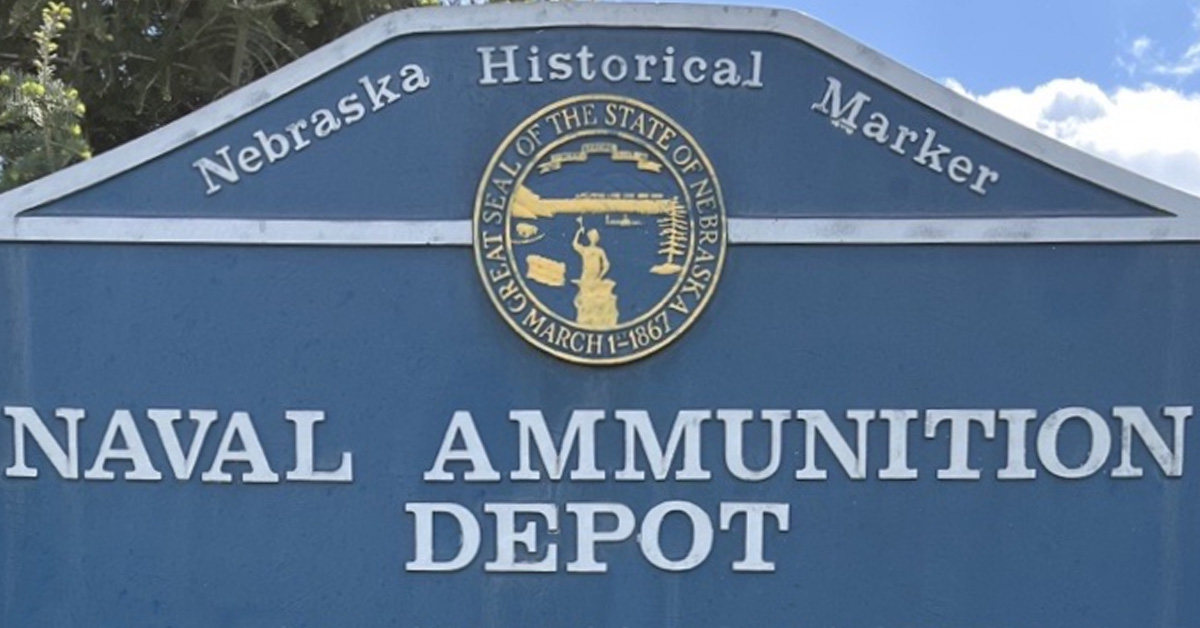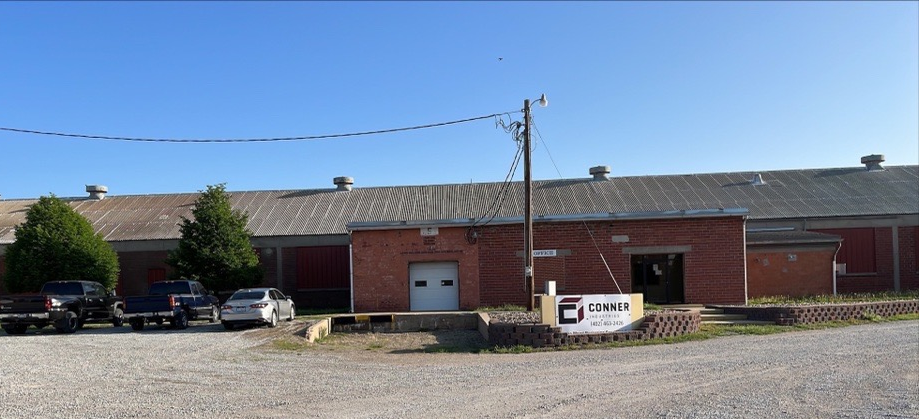It may come as a surprise that the wood packaging industry could be linked to World War II, but the truth is they are very connected. The wood packaging industry played an important role during the war and made it possible to ship goods overseas. Here at Conner, we have an even closer link to WWII with our Hastings, Nebraska plant location.
Our Hastings plant is located within the Naval Ammunition Depot, where it is one of the many buildings with a rich history. During World War II, the Hastings Naval Ammunition Depot played a critical role in the success of the United States. This depot served as a vital storage and shipping hub for ammunition and bombs to be used in the war effort. The impact it had was significant and it ensured that the United States possessed the necessary ammunition to engage in battle.
In this article we will discuss the wood packaging industry’s role in WWII and the history that surrounds our Hastings plant.
Wood Packaging Industry in WWII
During World War II, the wood packaging industry played a crucial role in supporting the war effort. From providing wooden ammunition boxes for the military to creating packing materials for shipping goods overseas, the wood packaging industry was critical in helping to transport and protect goods during the war. Wood packaging companies also played a role in the creation of aircraft and naval vessels, providing materials for the construction of wings, hulls, and other essential components.
One notable contribution of the wood packaging industry during the war years was the creation of standardized pallet sizes. This initiative aimed to provide uniform sized wooden boxes and pallets for shipping goods overseas to support the troops. Historians credit this time as the “rise of the pallet.” This, along with the invention of the forklift, would be the beginning of modern-day pallet use.
Pallets had a significant impact on the war effort, helping to streamline the process of shipping goods overseas. By providing a standardized packaging solution, the wood packaging industry allowed for quicker and more efficient loading and unloading of cargo ships. This, in turn, aided the military in receiving the supplies and equipment they needed to continue their operations. The legacy of the wood packaging industry’s impact during World War II can still be felt today in Hastings.
From providing wooden ammunition boxes for the military to creating packing materials for shipping goods overseas, the wood packaging industry was critical in helping to transport and protect goods during the war. Share on XHastings Naval Ammunition Depot
The Hastings Naval Ammunition Depot was established in 1942, soon after the United States entered World War II. Its main purpose was to serve as a storage and distribution center for ammunition and bombs that were being produced by various manufacturers across the country. The site was strategically chosen due to Hastings’ central location, which made it easy to transport these supplies to various fronts across the globe.
The depot had a massive capacity and could store millions of pounds of ammunition. It was also equipped with its own rail system, which allowed for easy transport of goods within the site. Additionally, it employed thousands of individuals in Hastings, providing much-needed employment during the war.
One of the significant impacts of the Hastings Naval Ammunition Depot was its role in the success of the D-Day invasion. The depot shipped over 3,000 bombs and shells that were used in the initial assault. These supplies were critical in the success of the invasion and allowed American soldiers to gain a foothold in Europe.

The depot’s impact extended beyond the war itself. Its role in providing employment and economic stability to the surrounding area cannot be overstated. Many of the individuals employed by the depot were farmers who had moved to the area during the Dust Bowl in the 1930s. The depot provided a steady source of income and helped revitalize the area’s economy.
Today, the depot area is occupied by Central Community College, Hastings Industrial Park which includes our plant’s location, and other various facilities. Though the depot stopped operations in 1958, it is still regarded as an important part of Hastings’ history and a marker of the efforts made in World War II.
Wrapping It Up
In conclusion, the wood packaging industry played a critical role in supporting the war effort during World War II. Its contributions helped to streamline the transportation of goods and equipment, which aided the military in their operations. The industry’s legacy lives on today, and its impact can be seen in the continued use of wooden pallets and containers in the shipping and logistics industry.
The Hastings Naval Ammunition Depot was also an important part of the United States’ success in World War II. Hastings’ central location, efficient storage facilities, and reliable transportation system made it a crucial player in supplying ammunition and bombs to various fronts across the globe. The Hastings depot’s impact extended beyond the war itself and helped revitalize the surrounding area’s economy.
Learn more about our Hastings, Nebraska location here.




![[PRESS RELEASE] Conner Industries Announces Major Guardian Packaging Expansion](https://conner.b-cdn.net/wp-content/uploads/2024/10/Guardian-Packaging-Expansion-500x383.jpg)
![[PRESS RELEASE] Conner Industries Announces Website Dedicated to Integrated Packaging Division](https://conner.b-cdn.net/wp-content/uploads/2024/05/Conner-Packaging-Blog-500x383.jpg)


